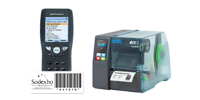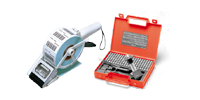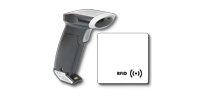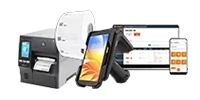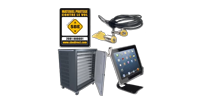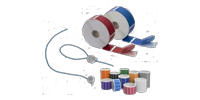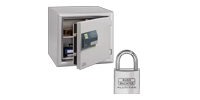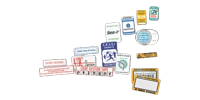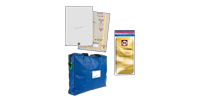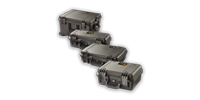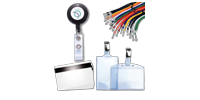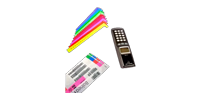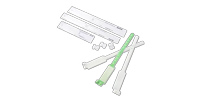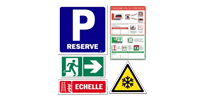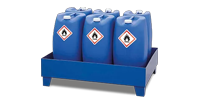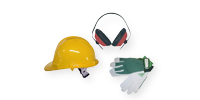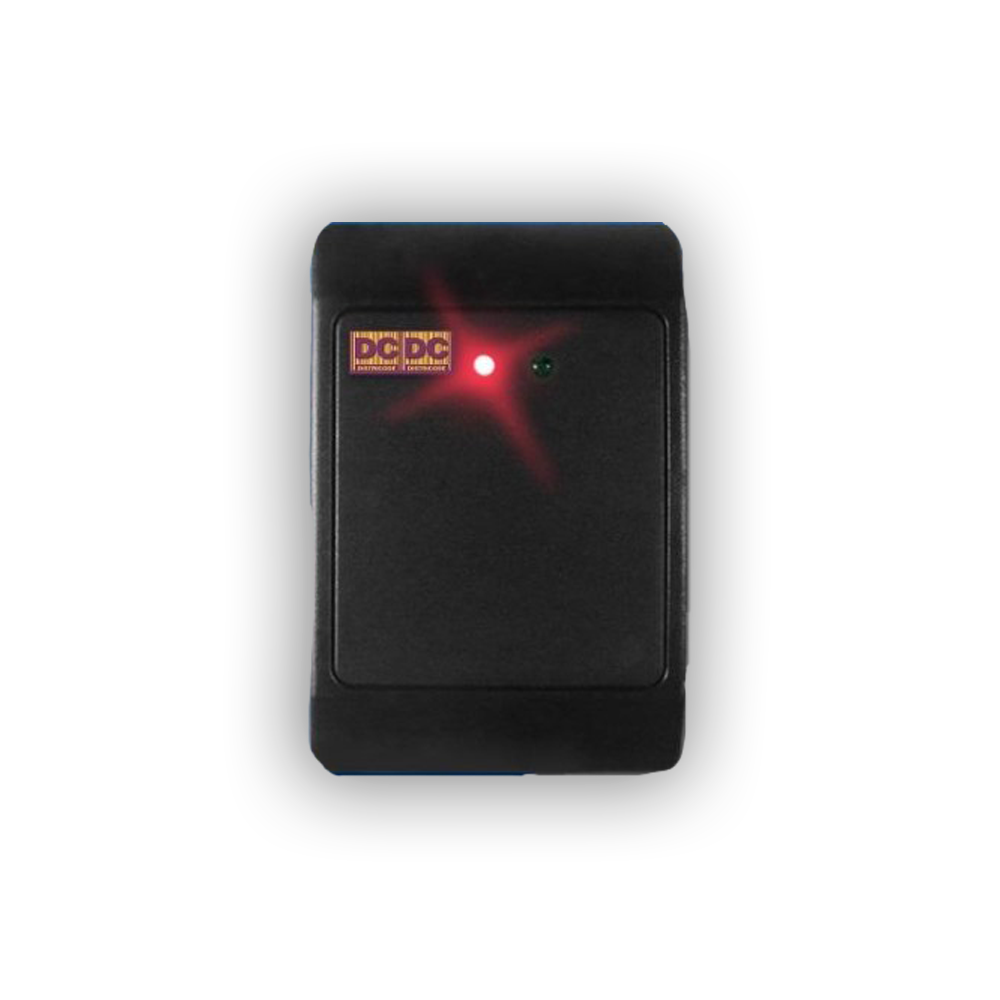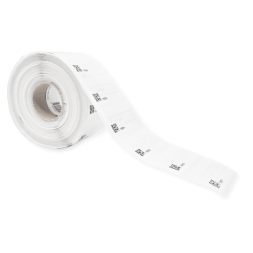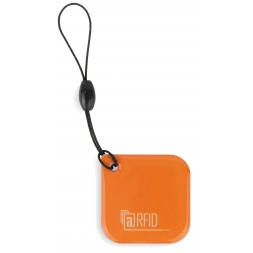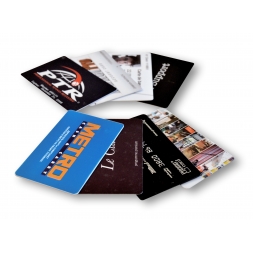This RFID reader allows you to quickly read RFID badges and cards. This reader for badges and RFID cards can be fixed with screws. Easy and quick to use, you will be able to read your contactless RFID transponders (RFID cards, RFID badges, RFID tags...) to, for example, manage the access to a car park, control the entry and exit of your staff or your customers of your sports...
RFID reader, how does it work ?
A reader is a device that emits radio frequency signals and is used to read all tags and labels within its reading range. RFID chip readers provide the necessary energy to power the RFID tags and exchange data with them from varying distances. The reading range depends on the operating frequency.
Identifying a chip tag involves retrieving the chip’s unique identifier and reading any data stored on it. For example, the data stored in the chip could be the name of a customer entering a gym or the number of entries remaining on their card.
For a better understanding, check out the 10-point RFID here.
Which reader for which RFID chip ?
It is important to know that the reader and the chip must imperatively be on the same frequency spectrum: either low, high frequency. Here is a table summarizing the correspondence between chips and communication standards:
| Type of frequency read by readers | Wave frequency | Communication standard | Read chips | IUD-unique chip identification number | Reading | Writing/Ecoding |
|---|
| Low frequency (LF) |
125Khz |
Weigand |
- EM ou TK4100;4102,4200,4005,4105,5530
|
7 to 14 characters |
3 cm |
 |
| High frequency (HF) |
13.56Mhz |
ISO 15693 |
- NXP I-CODE 2 (SLI)
- TI / Tag- it
- Other compatible chips with ISO15693
|
7 to 14 characters |
10 cm à 1 m |
 |
| ISO 14443A |
- NXP Mifare Ultralight
- NXP Mifare standard
- NXP Mifare S50 4byte et S50 7byte
- Nxp Mifare S70 4byte et 7byte
- NXP Mifare Desfire EV1
- NTAG213, NTAG215, NTAG216
|
7 to 14 characters |
10 cm à 1 m |
 |
| ISO 14443B |
- Atmel ( chip that reads but does not encrypt)
|
7 to 14 characters |
10 cm à 1 m |
 |
If you have labels or tags known as "NFC", the frequency used by them is similar to that of high-frequency chips (13.56Mhz) and they are therefore compatible with this RFID reader.
Which drive for which use ?
An interface allows the rfid tag receiver to be connected to a power source. Depending on where you want to connect an RFID reader and how you use it, the interface differs :
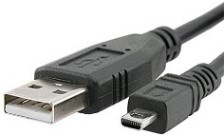
- USB-VCP reader: This reader is delivered with a USB-VPC cable of about 1m50 (see photo opposite). It is ideal when you work with free software such as putty. The VCP reader works in plug & play, i.e. it is directly functional after connection and installation of the management software.
- USB-Keyboard Reader: This reader connects directly to the computer with its 1.50m long USB-Keyboard cable. It is compatible with desktop computers but also with laptops. In order to visualize the data collected by the RFID reader, it is ideal to create your own programming interface (API).
- RS232 reader: in order to be able to use this product, it is imperative to have a 9-12VCD (direct current voltage) power supply. For this product the cable is only 15cm long and the wires are stripped, i.e. it must be connected to a robot, gantry or other sources.
How do you encode his chip so that it’s readable ?
It is important to know that encoding means that data can be stored inside the chip and that the storage space differs depending on the chips. The storage space is called a byte and the more bytes you have, the larger the storage size.
To encode chips, you usually need software to encode the chips. For a computer scientist or a person with a good knowledge of encoding, creating such software will be quite within their reach. Moreover, by creating your own software, your tag will be able to contain the data of your choice.
However, so-called NFC chips such as NXP Mifare, NTag are encodable via a smartphone by downloading the free (or paid for more functionality) NFC Tools application available on the App store or the Google store.

